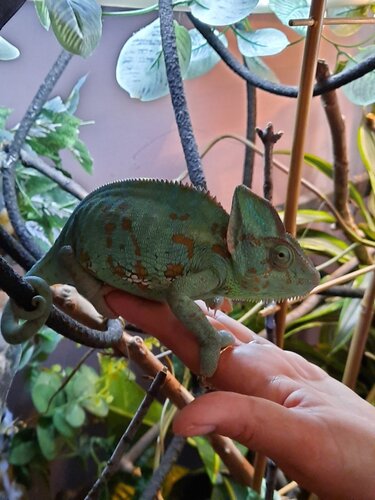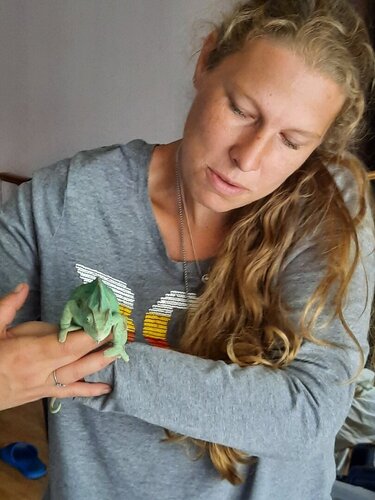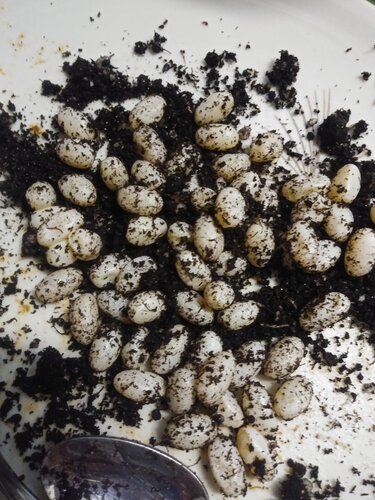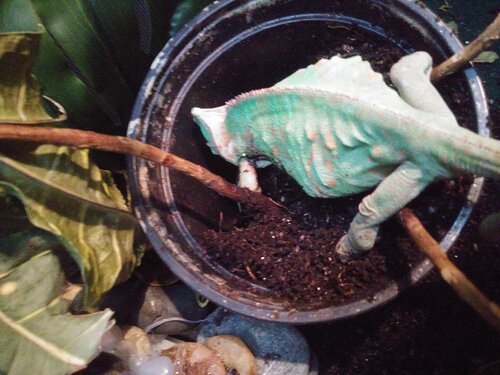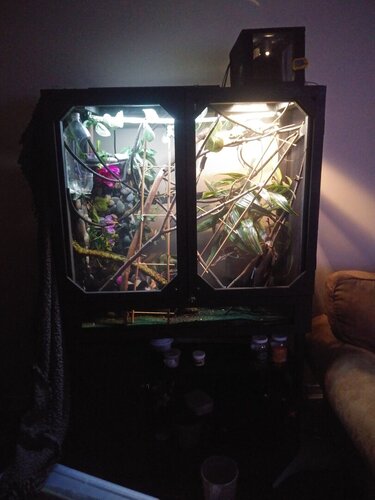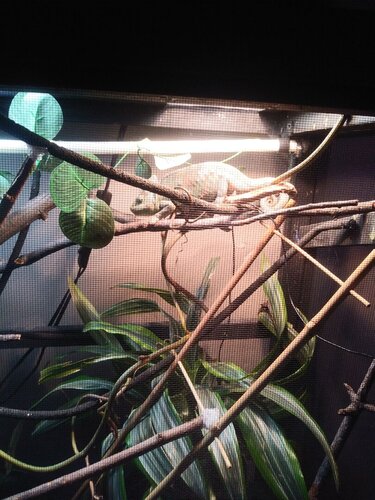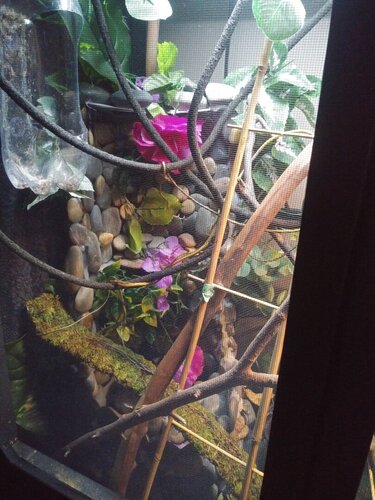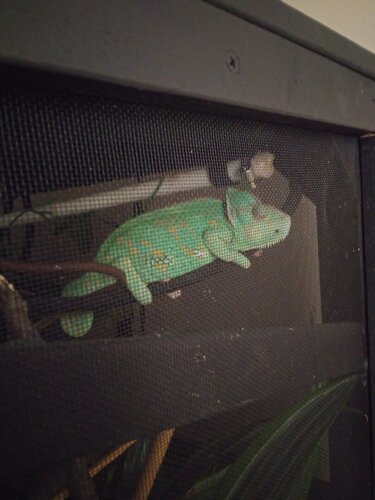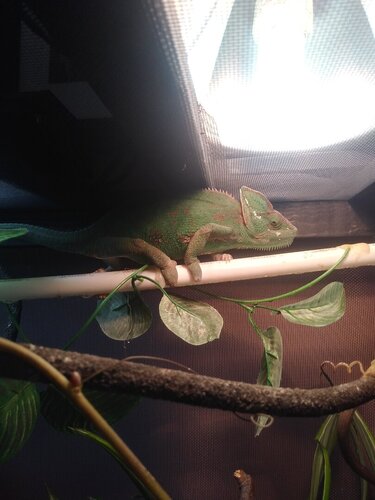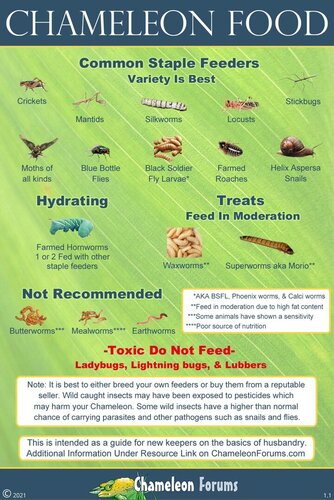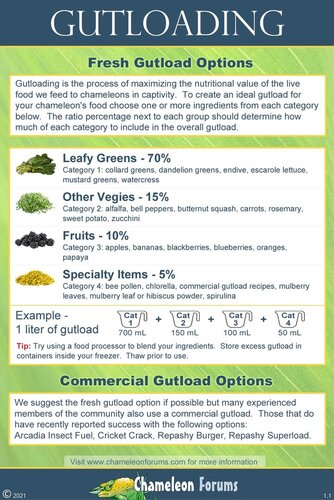Karma_chameleon37
New Member
Hello!
I am introducing myself. My name is Jolina. I am a chameleon mom. I have had my girl Karma (a beautiful veiled chameleon) since she was 7 months and she is almost 2 years old now. I have just finished going through her what I believed was her first clutch of egg laying. I was worried about some things so I was looking things up online and that's how I found you guys!
I am introducing myself. My name is Jolina. I am a chameleon mom. I have had my girl Karma (a beautiful veiled chameleon) since she was 7 months and she is almost 2 years old now. I have just finished going through her what I believed was her first clutch of egg laying. I was worried about some things so I was looking things up online and that's how I found you guys!

